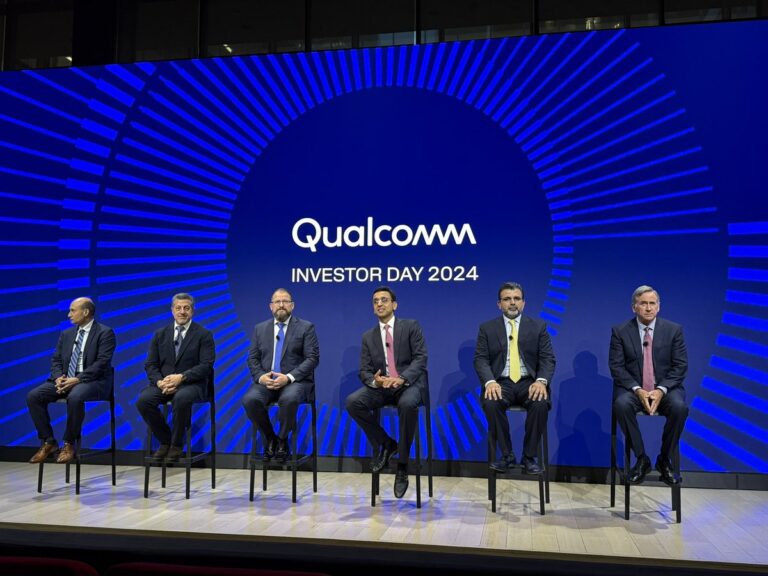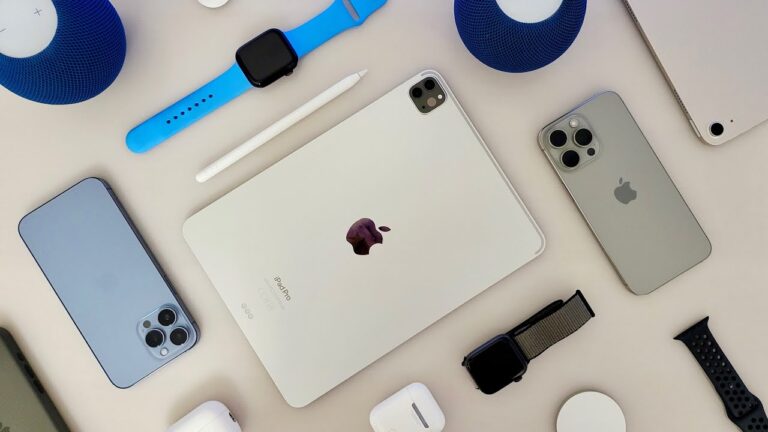- Whatever one says about the ex-Nokia crew who are salvaging the Meego operating system from shipwreck under Nokia’s captaincy, they are a hardy bunch of sailors.
- This crew have re-floated the Meego OS, renamed it Sailfish and aim to have a handset in the market by November.
- The seas of the mobile handset world are rough and you either have to compete against the huge juggernauts of Samsung and Apple at the high-end or dice with the sharp teeth of the price cutting Chinese handset makers at the low-end.
- Don’t even bother with the mid-range, there is nothing there apart from sharp rocks upon which to wreck your ship as Nokia, HTC, LG and RIMM have clearly shown.
- From the recent announcement of an ecosystem alliance in Hong Kong into which €200m will be invested, one would assume it has chosen to swim with the Chinese.
- News flow is very limited but based on what I can see I am guessing that the real objective here is to sell or monetise the OS with the handset simply being a reference platform.
- This is not uncommon and is in fact an important part of getting developer interest going.
- The appeal of Jolla or Sailfish OS seems to be: 1) It is something different 2) claims to unencumbered by patent litigation 3) Aims to innovate in China to meet the desire for home grown innovation.
- These all sound great but the biggest issues are:
- 1) All smartphone UIs (except for MSFT but including MeeGo) are all pretty similar these days. There is unlikely to be much in whatever UI Jolla comes up with that will make the users think “I have got to have one of those!”
- In fact this issue is so acute these days that having something different can be problematic (as MSFT has found).
- Users are lazy and can’t seem to be bothered to learn how to use something else even if it is great.
- 2) MeeGo is unencumbered by patent issues right now as there is nothing to litigate against and therefore no infringement has occurred.
- However, I suspect that the real problem will come with the Android adaption layer. This is being layered on top to give users access to the 450,000 application that are available in the marketplace.
- This will give Sailfish the eco-system boost that it really needs but it opens a can of worms.
- This layer allows Dalvic application to run on top of MeeGo but Dalvic is in essence Java.
- It originally came from Danger which was acquired by Microsoft years ago.
- It is with the Danger patents that I believe Microsoft had been attacking the Android community.
- The use of the Android adaption layer could open the Sailfish OS up to complaints from Oracle, Google and Microsoft. That does not sound good.
- Furthermore the Android adaption layer is only going to get Jolla so far as the really cool applications, the ones everyone actually wants to use, are in fact written in Native Android. They won’t run in Dalvic.
- In essence the cool stuff won’t run on Sailfish OS unless it is ported over. Painful.
- This basically leaves Jolla as a longshot.
- I can’t really see why OEMs would want to use it or why developers would want to write for it or even why users would want to buy the phones.
- Maybe Jolla has something secret up its sleeve to prove me spectacularly wrong but right now I have no clue what it is.








iPhone 16e – Pugilistic In ...
20 February 2025